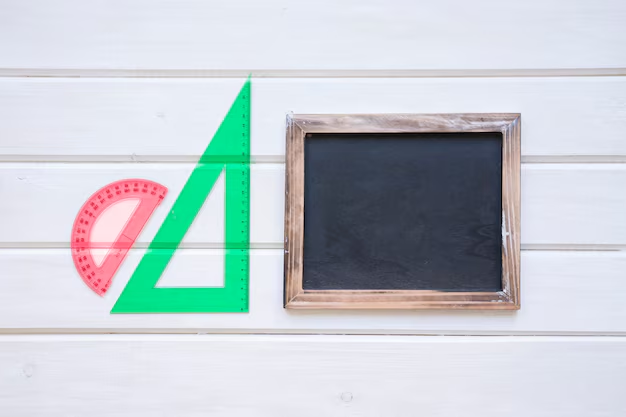Is 0.909009000900009000009 a square root

Is 0.909009000900009000009 a Square Root?
When it comes to mathematics, square roots are often seen as the stepping stones to understanding more complex numerical relationships. The question “Is 0.909009000900009000009 a square root?” piques curiosity and invites a thorough exploration of both square root fundamentals and the properties of decimal numbers. Let’s break down this inquiry and uncover whether this particular decimal has any unique characteristics related to square roots.
What Is a Square Root?
Before diving into the main question, it’s crucial to understand what a square root is. A square root of a number xx is a value yy such that:
y2=xy^2 = x
For example:
- The square root of 25 is 5 because 52=255^2 = 25.
- The square root of 0.25 is 0.5 because 0.52=0.250.5^2 = 0.25.
Square roots can be whole numbers, fractions, or even irrational numbers that cannot be neatly expressed as a fraction.
Analyzing the Given Number: 0.909009000900009000009
The number in question, 0.909009000900009000009, has a unique repeating pattern in its decimal form. Let’s examine the possibilities and challenges associated with treating this number as a square root.
Understanding Repeating Decimals
This specific number has an interesting decimal sequence:
- It starts as 0.90, then 0.9009, then 0.900090009, and so forth.
- The pattern appears to repeat indefinitely, growing more intricate as the decimal places increase.
This type of decimal does not terminate and has an increasingly complex structure.
Checking if It’s a Perfect Square
To determine if 0.909009000900009000009 is a square root of some number, we need to consider whether squaring it results in a simple or meaningful number. Squaring a number involves multiplying it by itself:
0.909009000900009000009×0.9090090009000090000090.909009000900009000009 \times 0.909009000900009000009
Performing this multiplication exactly would be extremely difficult without computational tools due to the nature of the repeating pattern. However, we can make some observations:
- Generally, when we multiply numbers with intricate decimal patterns, the resulting product can either simplify or become even more complex.
- To be considered a square root in the context of common mathematical properties, squaring the number should ideally yield a rational or recognizable value.
Rational vs. Irrational Numbers
The repeating pattern in 0.909009000900009000009 resembles the behavior of numbers that are not easily expressed as simple fractions. In mathematics, numbers like these are often associated with irrational or non-perfect square roots, meaning their squares do not simplify to clean, recognizable values.
Testing with Approximations
If we were to approximate 0.909009000900009000009 to a simpler decimal, such as 0.91, and square it:
0.91×0.91=0.82810.91 \times 0.91 = 0.8281
Notice that this approximation does not yield a perfect or easily discernible result, further complicating our quest to understand the nature of the original number.
Conclusion: Is 0.909009000900009000009 a Square Root?
Given the complexity and repeating nature of 0.909009000900009000009, it is unlikely to be a straightforward square root of a rational number. Squaring such a decimal would most likely produce a non-terminating, non-repeating decimal, characteristic of irrational numbers. Hence, while the number can theoretically serve as a square root, it does not simplify in a way that aligns with common perfect squares or easily recognizable numerical forms.
In summary:
- 0.909009000900009000009 is not a simple or perfect square root of a number with rational qualities.
- Its repeating pattern indicates that it belongs to a more complex class of numbers, likely resulting in an irrational product when squared.
Therefore, while 0.909009000900009000009 can be mathematically valid as a square root, it does not conform to the standard cases we frequently encounter in elementary mathematics.



